
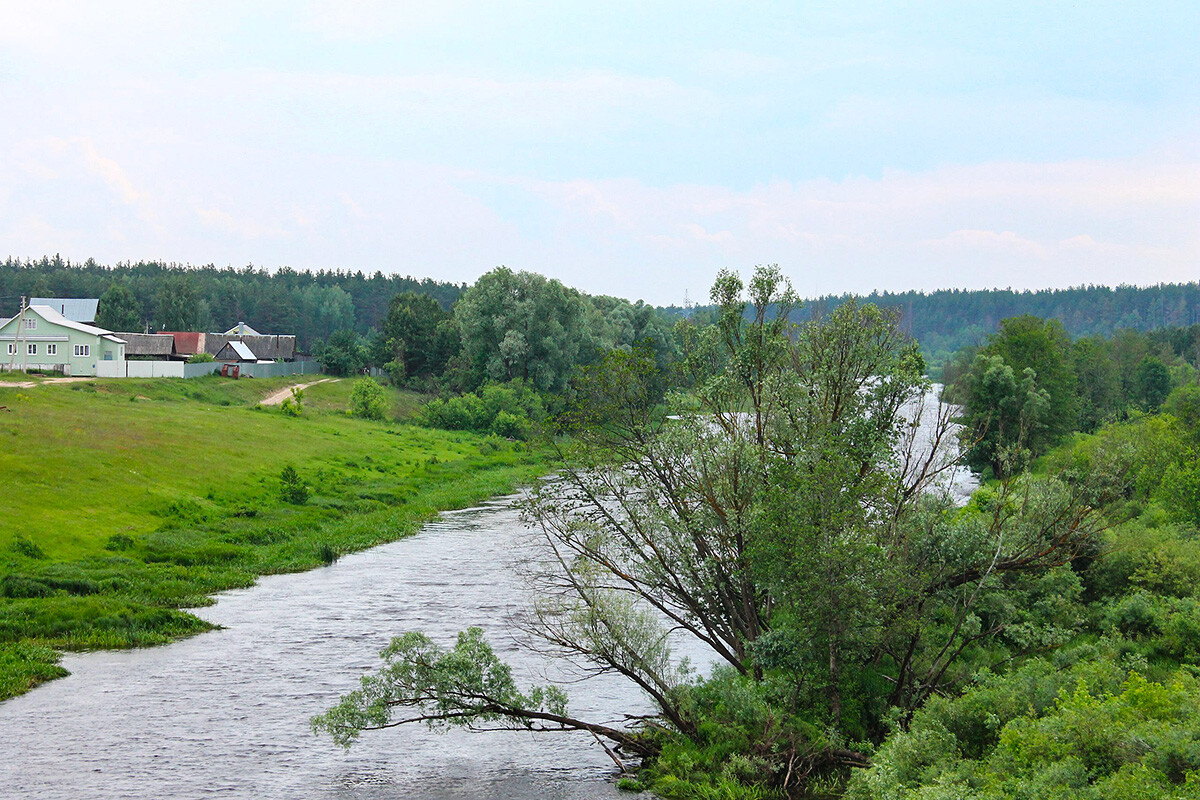
The explanation is actually quite simple: both of them stand on the shores of the Gus River, the left tributary of the Oka River. It’s really small – the width of the water stream doesn’t exceed 10 meters, while the depth doesn’t exceed one and a half meters. It’s unclear where its name originally came from. Some scientists believe that it’s of a Finno-Ugric origin. By the way, there are three more settlements with similar “birdy” names along the river: Gusevsky, Gus-Parakhino and Gusevskoy Pogost.
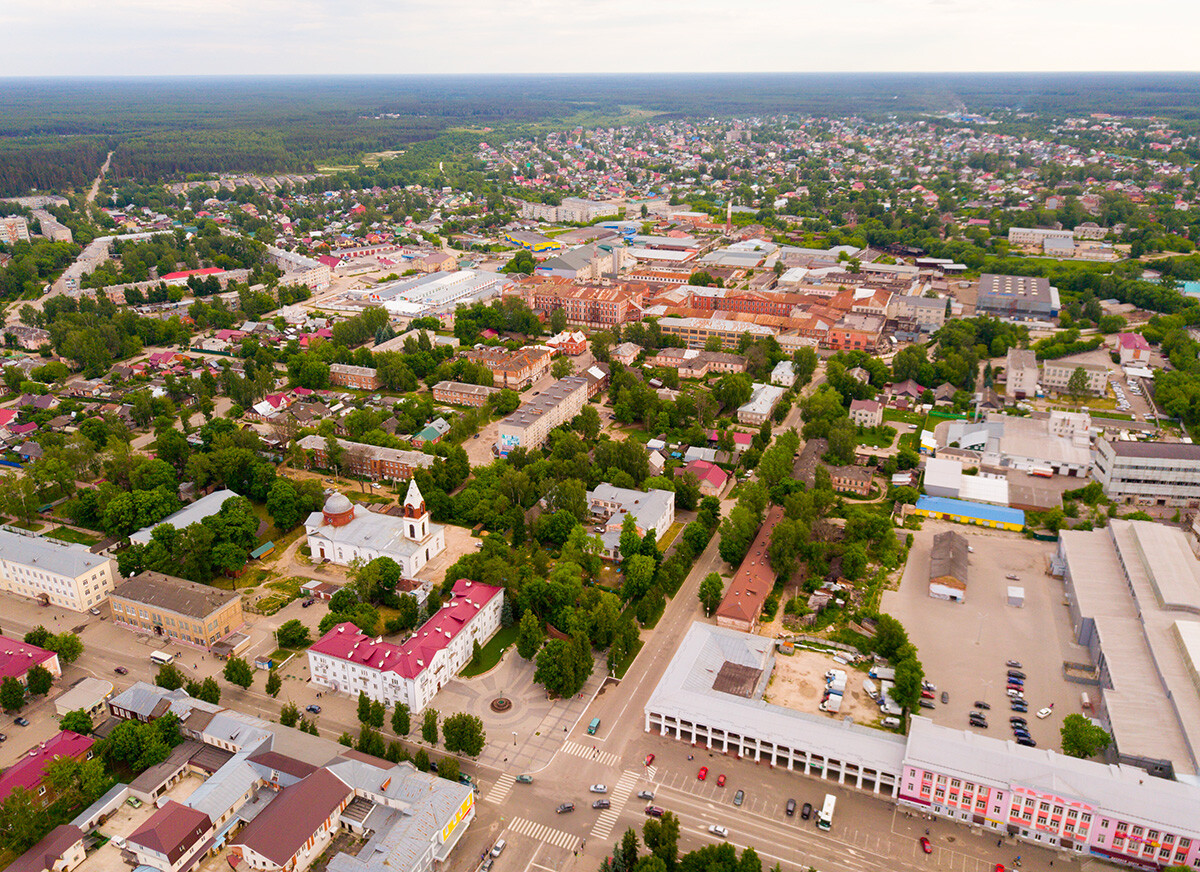
The distance between Gus-Khrustalny and Gus-Zhelezny is about 100 km. Interestingly, both cities appeared almost at the same time. In 1756, merchants Maltsovs purchased the village of Nikulino, which stood on the Gus River, to move their glass factory from Moscow there. A settlement arose around the enterprise, which was named Gus-Khrustalny (Gus-Crystal). Neat red-brick buildings, wooden one-story houses and St. George’s Cathedral, built by the designs of famous architect Leon Benois, serve as a reminder of the turbulent past of the city. Today, the cathedral hosts the museum of the lead glass factory. By the way, the Gus Crystal factory is still in operation.
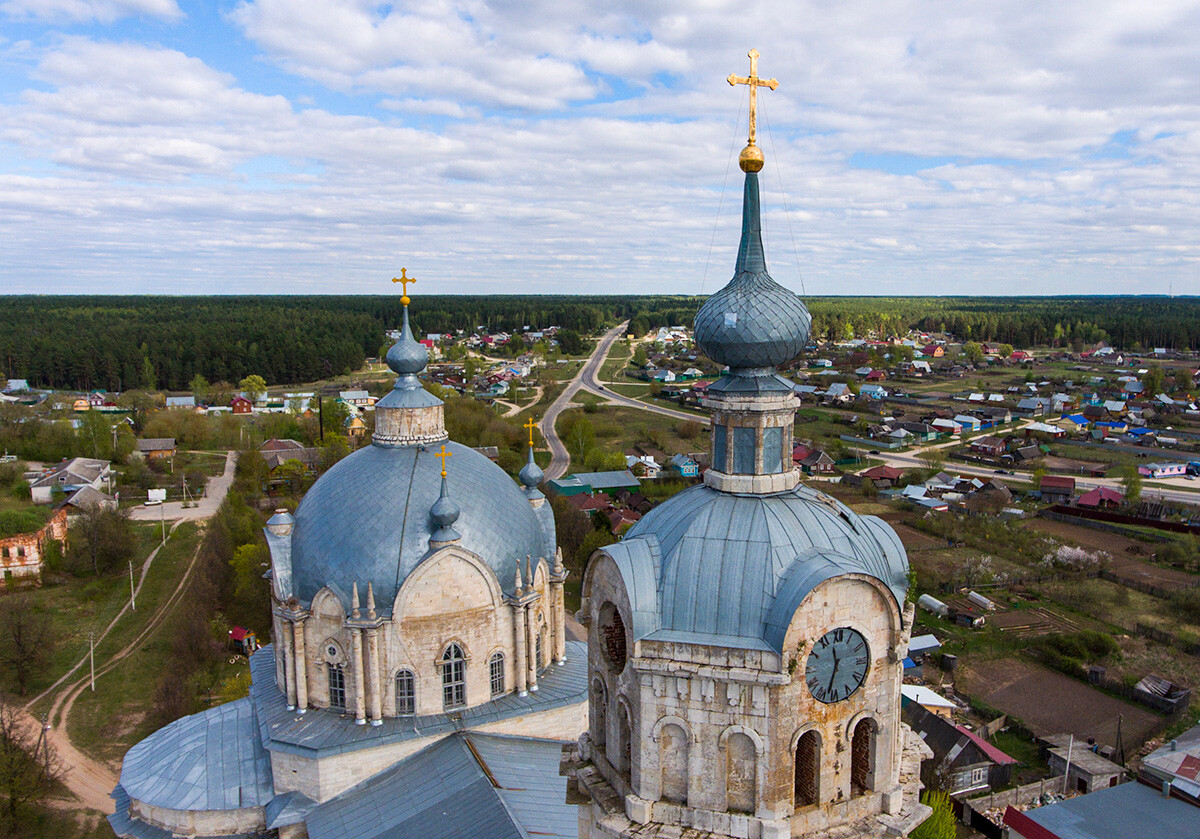
In 1758, industrialists Andrey and Ivan Batashevs purchased the village of Verkutets for the construction of an ironworks and renamed it Gus-Zhelezny (Gus-Iron); a year later, they had already conducted the first smelting. Andrey Batashev, having built his estate, moved to live there in 1783. In the 19th century, however, the enterprise fell into decay: the ore deposits ran dry. Today, only a dam on the river and the giant Trinity Cathedral in an unusual pseudo-Gothic style remind of the turbulent past of Gus-Zhelezny. From a town, it downsized to a village with a population less than 2,000.
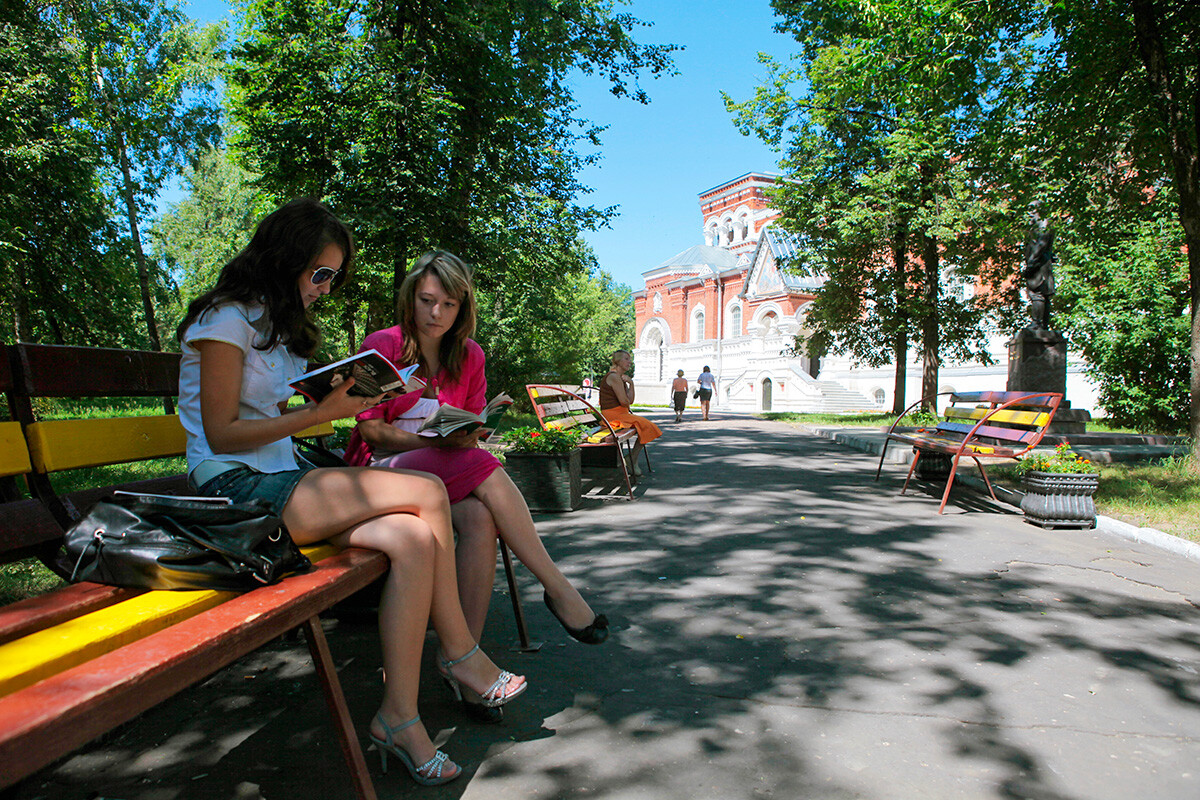
Gus-Khrustalny is populated by gusevtsy, while Gus-Zhelezny – by zhelezogusevtsy. It’s hard to mistake one for another, but it can happen.
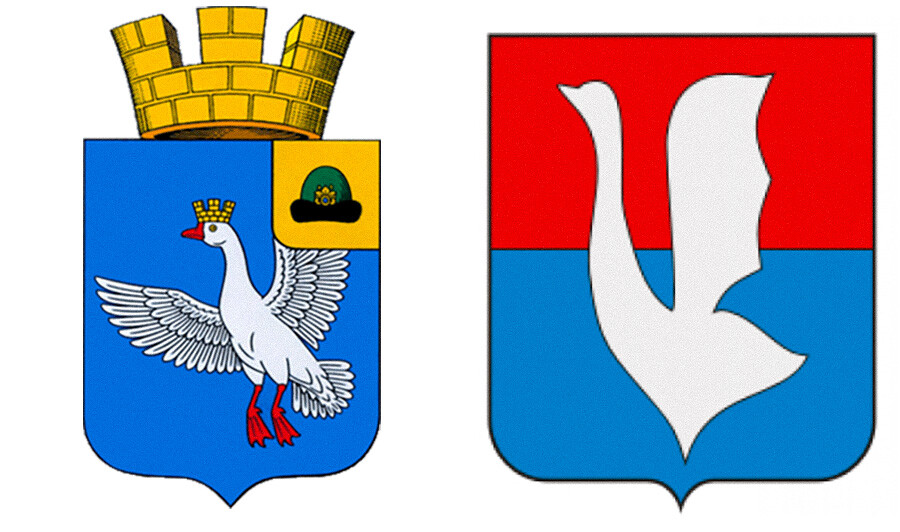
Of course, the coats of arms of the two Gus cities couldn’t go without the bird. Gus-Khrustalny has a flying goose against a blue-and-red backdrop. Gus-Zhelezny has a crowned flying goose with golden eyes against a blue backdrop.
Dear readers,
Our website and social media accounts are under threat of being restricted or banned, due to the current circumstances. So, to keep up with our latest content, simply do the following:
If using any of Russia Beyond's content, partly or in full, always provide an active hyperlink to the original material.
Subscribe
to our newsletter!
Get the week's best stories straight to your inbox